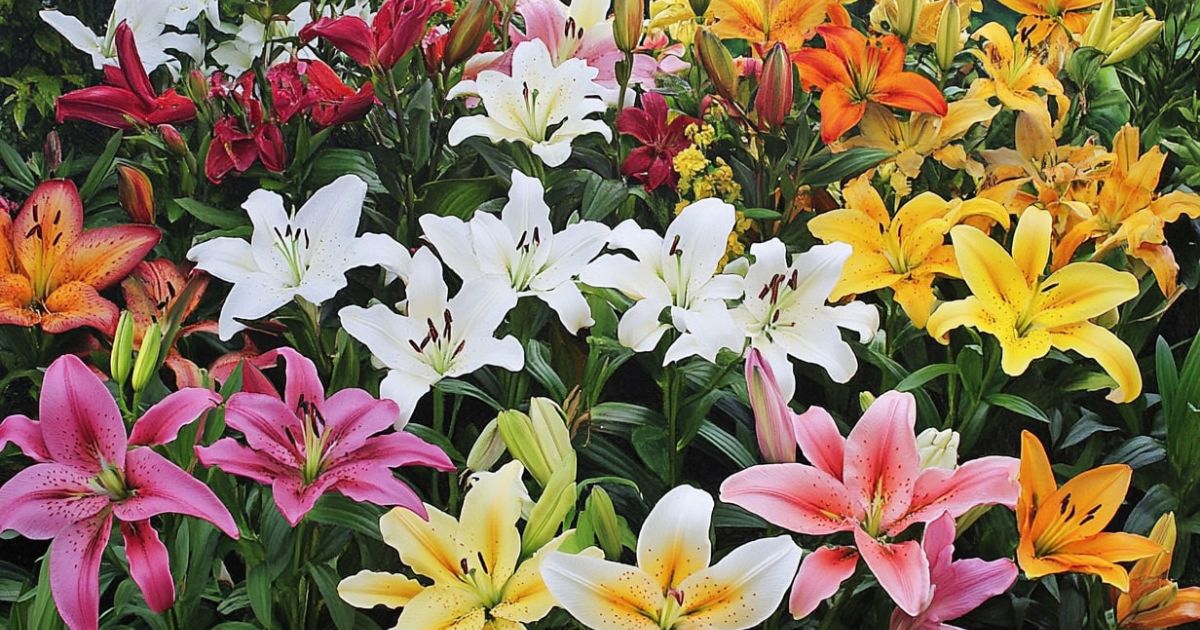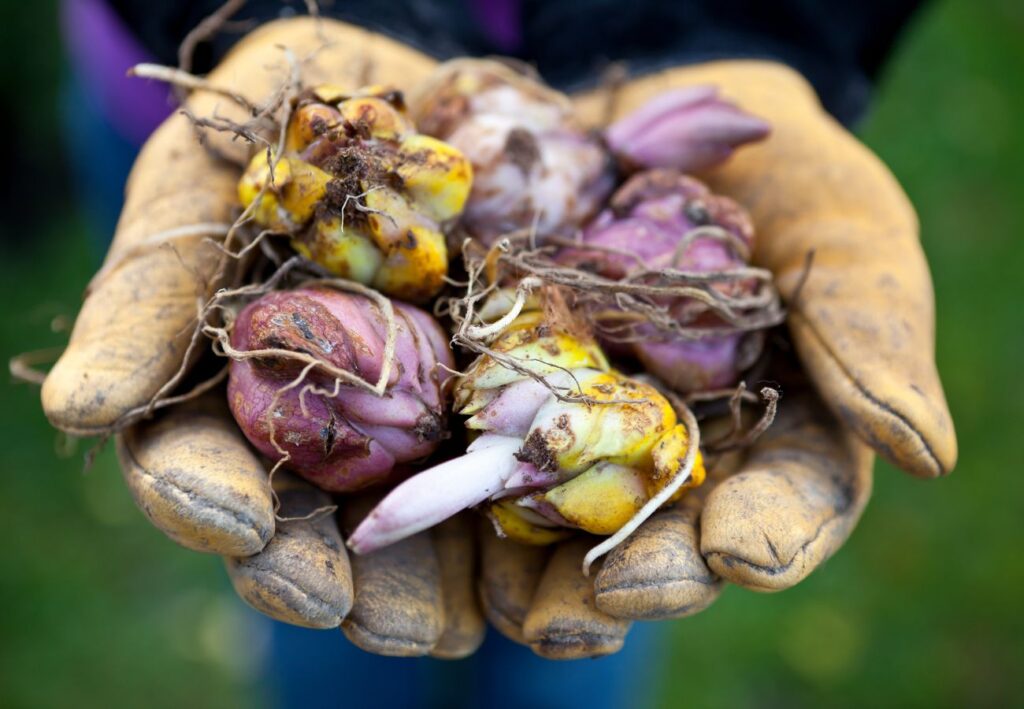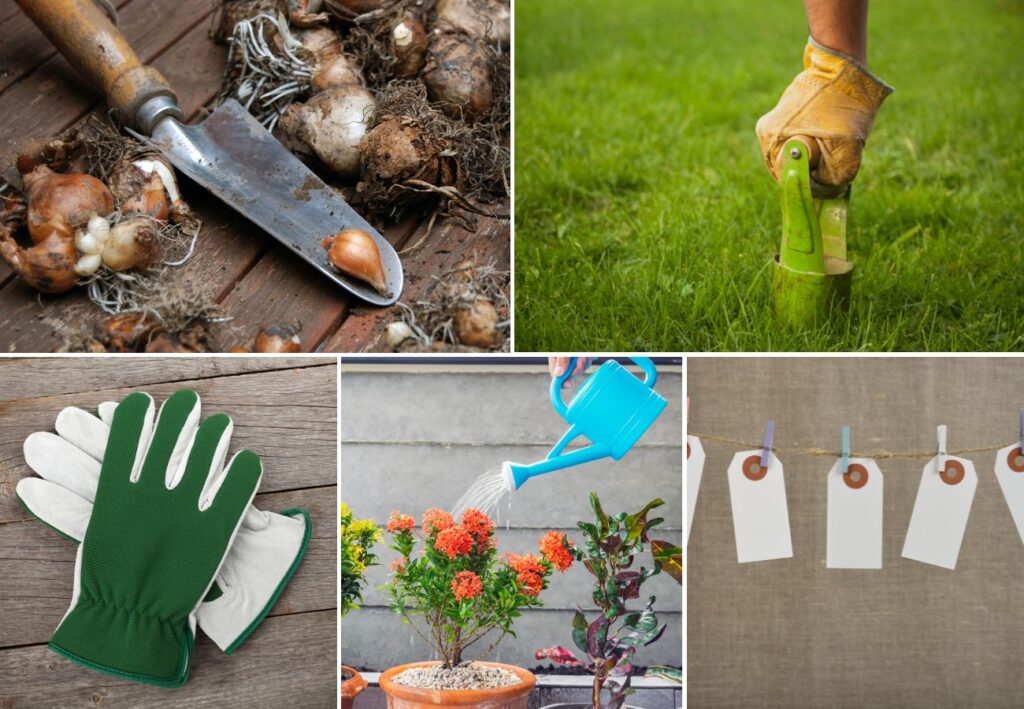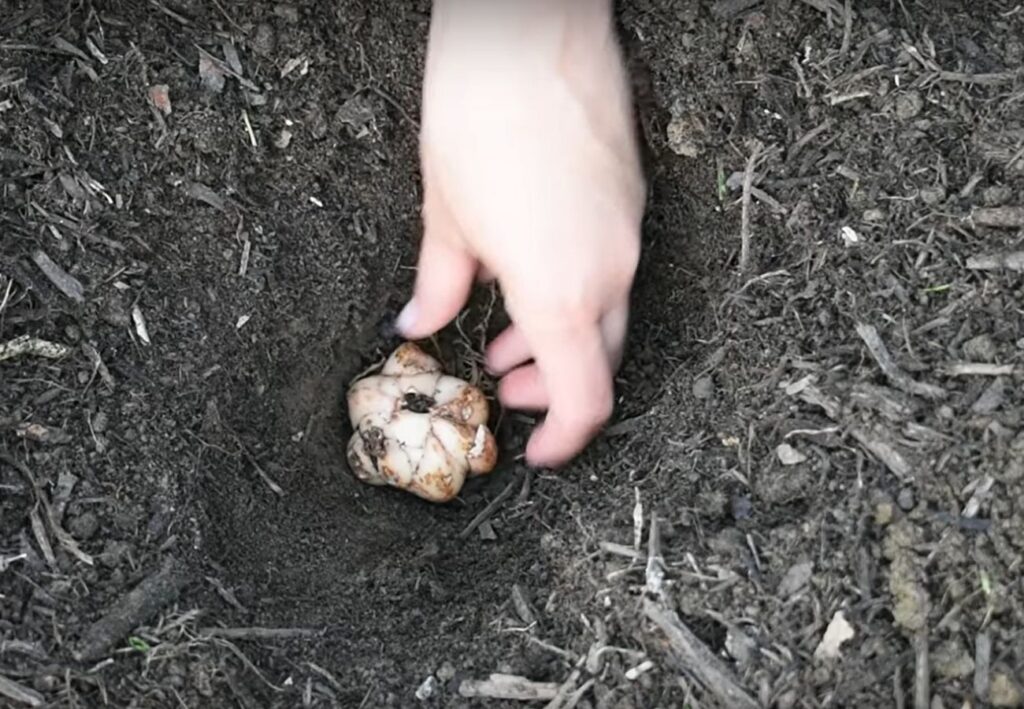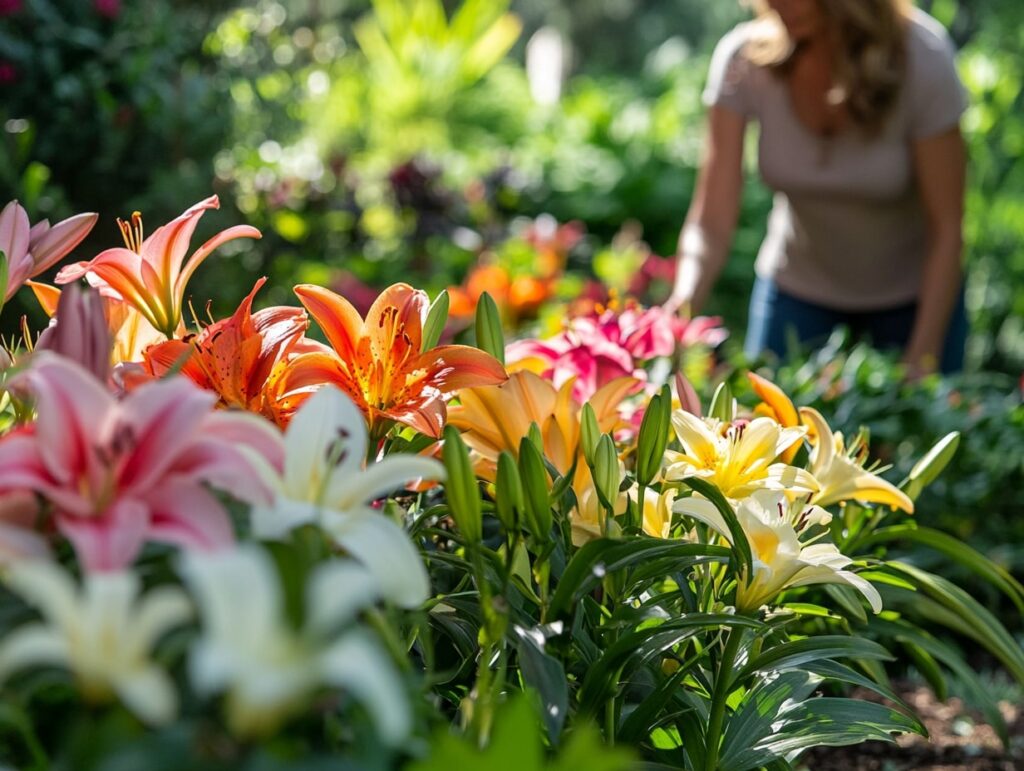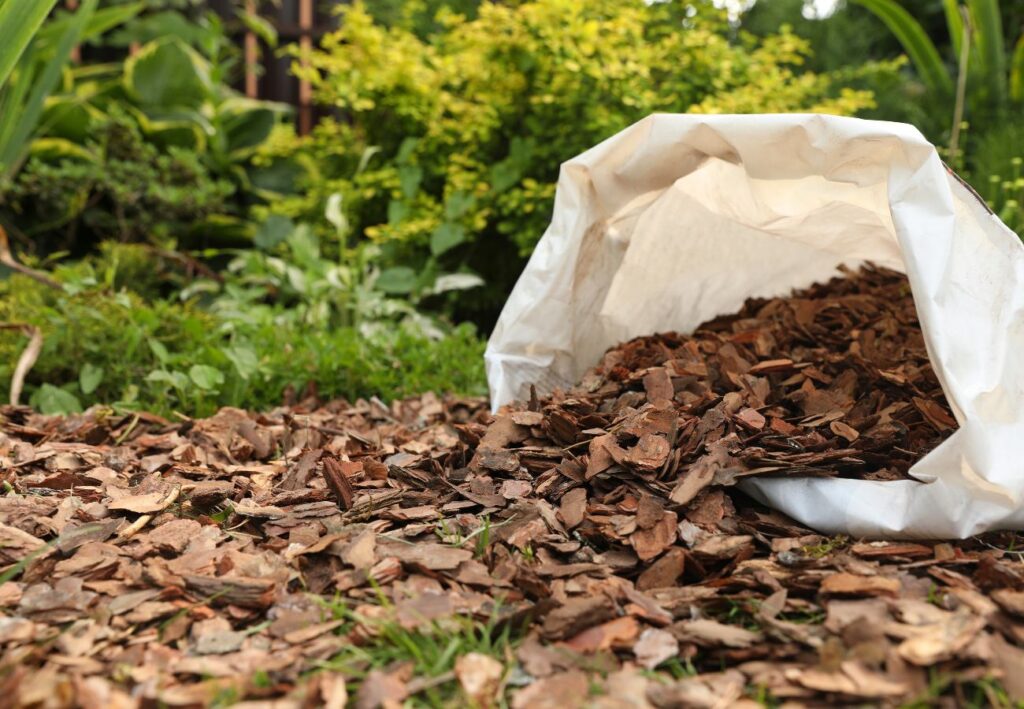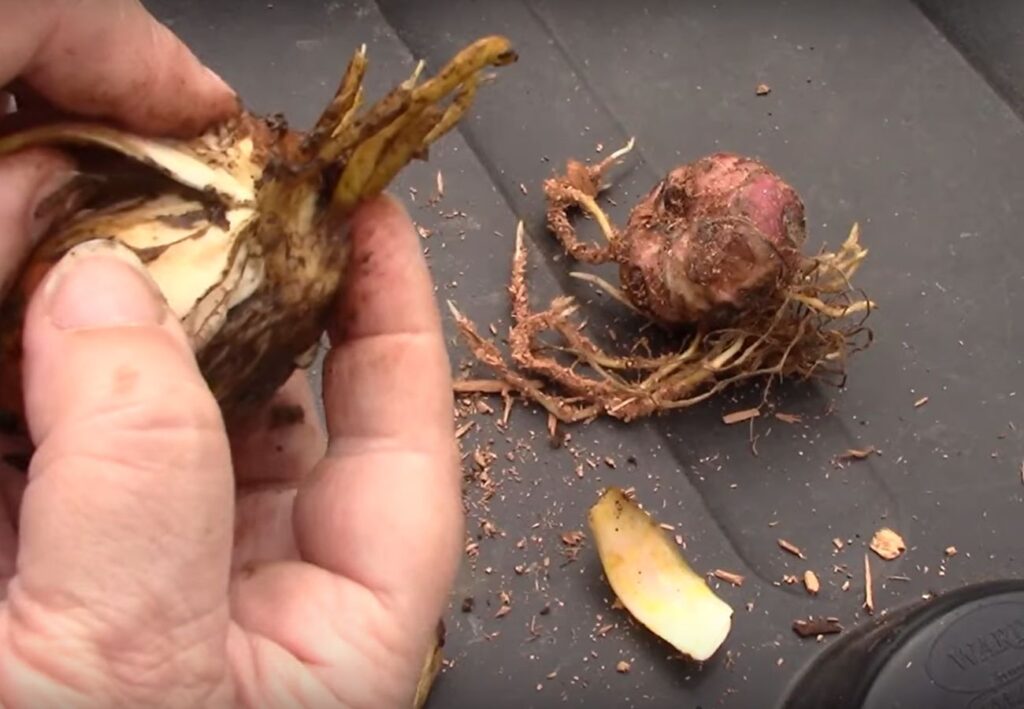Have you ever been captivated by the sheer beauty of lilies, their vibrant hues and elegant petals making them the stars of any garden?
These stunning flowers are not only a feast for the eyes but also surprisingly low-maintenance. With the right amount of sunlight and proper soil, even novice gardeners can enjoy a spectacular display of lilies.
But what if you could make them even more magnificent? In this guide, we’ll explore the art of growing lilies, from selecting the perfect bulbs to mastering their care. Get ready to transform your garden into a dazzling showcase of nature’s finest!
Getting Started with Lilies
Lilies add elegance and fragrance to any garden. To start growing them successfully, you must choose the right variety, understand bulb types, and gather essential planting tools.
Choosing the Right Lily Variety
Lilies come in many varieties, each with unique characteristics. Asiatic lilies are hardy and bloom earlier, while Oriental lilies boast large, fragrant flowers later in the season. Trumpet lilies produce stunning, long-lasting blooms.
Consider your climate and soil type when selecting a variety. Asiatic lilies perform well in cooler climates. Oriental lilies prefer slightly acidic soil. For a striking visual impact, mix different varieties to enjoy blooms throughout the summer.
Understanding Lily Bulb Types
Lily bulbs are diverse and come in various forms. True lily bulbs have scales without a protective covering. They require well-drained soil and should be planted promptly.
Bulb size matters. Larger bulbs produce larger flowers. Look for firm, healthy bulbs free of mold or damage; soft or shriveled bulbs indicate poor health. Regular inspection can help you choose high-quality bulbs that will thrive in your garden.
Essential Tools for Lily Planting
Having the right tools makes lily planting easier and more efficient. A garden trowel is essential for digging precise holes. Bulb planters help create uniform depths, crucial for healthy growth.
Proper gloves protect your hands. Watering cans with fine nozzles ensure gentle watering without washing away soil. Labels are helpful to track different varieties. High-quality gardening tools will improve your lily planting experience and help achieve beautiful results.
Planting Your Lilies
When planting lilies, consider their sunlight needs, soil type, depth, and spacing to ensure healthy growth and beautiful blooms. Proper preparation and placement are key.
Selecting the Perfect Spot
Lilies thrive in areas with full sun or partial shade. At least six hours of sunlight daily ensures vibrant blooms. They can tolerate some shade, but too much reduces flowering.
Choose a location with good air circulation. This prevents diseases and pests. Also, consider the surroundings. Lilies don’t like competition with other plants for nutrients and water. Avoid overcrowded spots.
Soil Preparation and Drainage
Lilies prefer well-draining soil with a slightly acidic to neutral pH (6.0-7.0). Poor drainage can lead to root rot, so avoid clay-heavy soils.
Before planting, amend the soil with organic matter like compost to improve texture and fertility. Aerate the soil to ensure roots can grow freely. Good drainage is crucial, so consider raised beds or adding sand to soil to enhance drainage.
Planting Depth and Spacing
Plant lily bulbs about 6-8 inches deep. Measure the depth from the top of the bulb. This depth protects the bulb from temperature extremes and helps stabilize the plant.
Space bulbs 8-12 inches apart for healthy growth. Closer spacing can lead to overcrowding and reduced airflow, increasing the risk of disease. Proper spacing ensures each plant has adequate nutrients, water, and room to grow.
Lily Care and Maintenance
Proper care and maintenance will keep your lilies healthy and blooming. Pay special attention to watering practices, fertilization schedules, and pruning techniques.
Watering Requirements
Lilies prefer well-drained soil. Water lilies once a week, ensuring the soil stays moist but not soggy. During dry spells, you may need to water them more often to maintain soil moisture.
Avoid overhead watering, which can lead to fungal diseases. Instead, use a soaker hose or water at the base of the plant. Morning watering is best as it reduces the risk of disease.
Fertilizing Your Lilies
Lilies benefit from regular feeding. Apply a balanced fertilizer, such as 10-10-10, in early spring when new growth appears. A second application after the first bloom supports continuous flowering.
You can also use organic compost to enrich the soil. Avoid over-fertilizing, as it can result in lush foliage at the expense of flowers.
Pruning and Deadheading
Prune lilies after they finish blooming. Cut back spent flower stalks, but leave the foliage until it dies back naturally. This allows the plant to store energy for the next season.
Deadhead regularly by removing spent flowers to channel the plant’s energy into new blooms and bulb development. For a tidy garden, discard dead plant material.
Dealing with Pests and Diseases
Maintaining healthy lilies involves regular monitoring for pests and diseases. Key actions include recognizing common pests, preventing fungal and viral diseases, and using eco-friendly pest control solutions.
Common Lily Pests
Lilies often attract aphids, slugs, and red lily beetles. Aphids are tiny, soft-bodied insects that suck sap, causing deformed leaves and stunted growth. Slugs and snails feast on young shoots and leaves, leaving ragged holes. The bright red lily beetle, with its black legs and antennae, can quickly defoliate plants.
You can combat these pests with regular inspections. Removing the beetles by hand each morning reduces their population. Use organic insecticides like neem oil for aphids.
Preventing Fungal and Viral Diseases
Fungal and viral diseases can seriously impact lily health. Botrytis blight causes brown spots on leaves and flowers, especially in wet conditions. Fusarium bulb rot leads to rotting at the bulb bases. Viruses like Tulip Breaking Virus show as mottled patterns on leaves and flowers.
To prevent these diseases, ensure your lilies have good air circulation. Avoid overhead watering to keep foliage dry. If a plant shows signs of viral infection, it’s best to remove it immediately to prevent spread.
Eco-Friendly Pest Control Solutions
Eco-friendly methods preserve your lilies and the environment. Companion planting integrates plants that naturally repel pests, such as garlic or marigolds. Introducing beneficial insects like ladybugs can help control aphid populations.
Homemade insecticidal sprays using mild soap and water can also keep insect numbers down. For slugs and snails, try placing copper tape around pots or using beer traps, where slugs drown lured by the yeast smell.
Enjoying Your Lilies
Lilies offer beauty both in your garden and as cut flowers indoors. Caring for them through different seasons and learning how to propagate them can enhance your gardening experience.
Cutting Lilies for Bouquets
When cutting lilies for bouquets, choose flowers that have just started to open. This timing ensures the longest vase life. Use a sharp knife or scissors to cut the stems at an angle, which allows better water absorption.
Once cut, remove any leaves that would be below the waterline in the vase. This helps prevent bacterial growth. Place the stems in water immediately to keep them hydrated. You can also use floral preservatives to extend their freshness.
Tip: Change the water every two days and recut the stems to maintain their appearance.
Lilies Through the Seasons
Lilies can be enjoyed throughout the year with proper care. In spring, plant new bulbs or divide existing clumps to encourage vigorous growth. During summer, ensure consistent watering and provide mulch to retain moisture and reduce weeds.
In autumn, cut back the stalks once the leaves have yellowed and died down. This process helps the bulbs store energy for the next growing season. Winter care involves ensuring proper drainage to prevent the bulbs from rotting.
Remember: Mulching in winter can protect your lilies from extreme cold.
Propagating Lilies
Propagating lilies allows you to expand your garden with minimal cost. You can propagate by division, usually done in early spring or fall. Dig up the clumps and separate the bulbs, making sure each segment has roots attached.
Another method is using scales from the bulbs. Remove a few outer scales and plant them in a potting mix. Keep the soil moist and warm until new growth appears.
Fun Fact: Some lilies also produce bulbils along their stems, which can be planted directly into the soil to grow new plants.
By following these tips, you can enjoy the beauty of lilies both in your garden and home, enhancing your green space in various ways.
Lilies, with their stunning blooms and elegant presence, can transform any garden into a vibrant display of color and fragrance.
By understanding the specific needs of different lily varieties, selecting the right bulbs, and providing proper care, you can enjoy these beautiful flowers year after year.
Whether you’re a seasoned gardener or just starting, lilies offer an accessible and rewarding addition to your gardening repertoire, enhancing your outdoor space with their timeless beauty.
